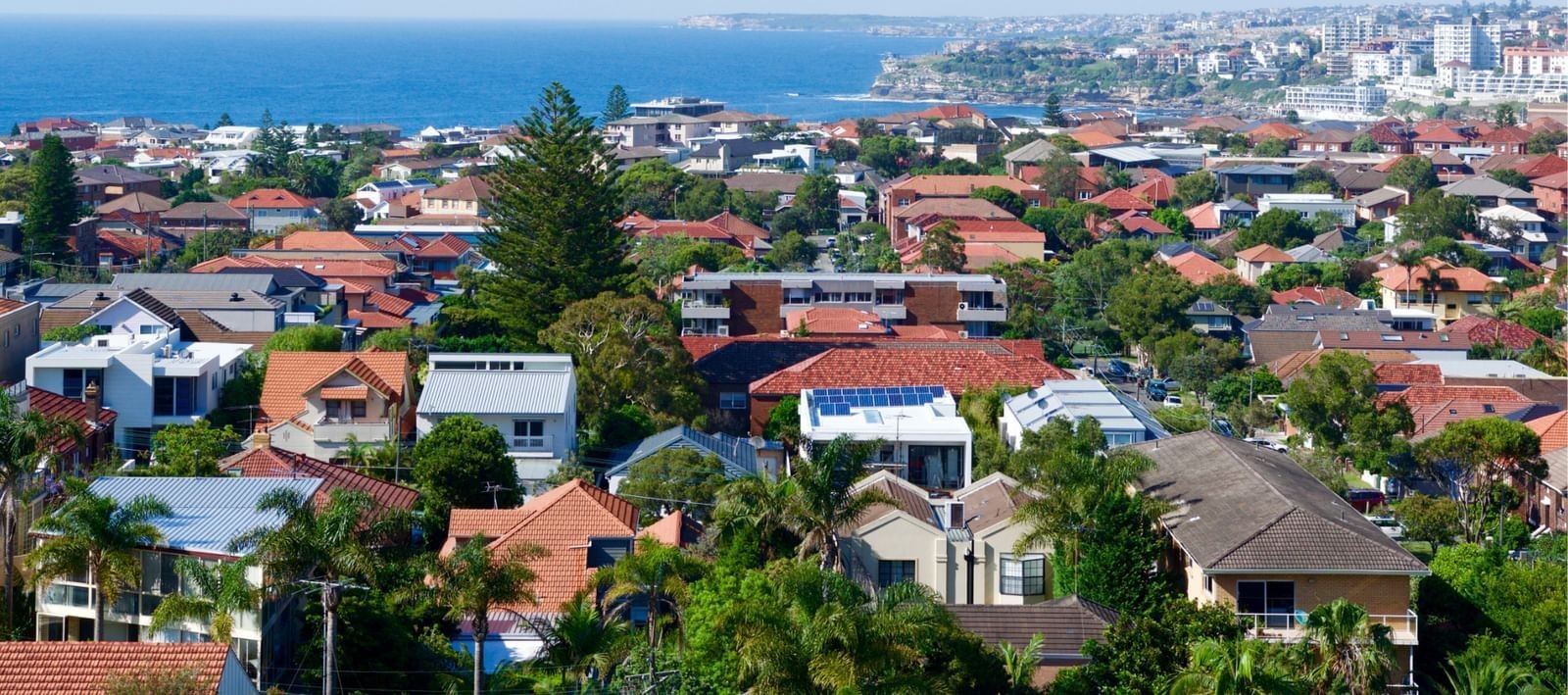After a remarkably swift recovery in January 2025, Australia’s property market faces several possible paths as global economic uncertainties continue to evolve.

While structural factors like persistent housing undersupply create a solid foundation for long-term growth, various scenarios could play out over the next year depending on how global and domestic economic forces unfold.
Here are three scenarios that could shape Australia’s housing market in the coming 12 months:
Scenario 1: Global economic slowdown and lower interest rates
In this scenario, global economic weakness actually benefits the housing market through monetary policy responses.
If the United States enters recession and global economic slowdown intensifies, central banks would likely respond with further interest rate cuts. For Australia, this could mean the three additional rate cuts markets are currently pricing in for this year become reality.
Lower interest rates would increase borrowing capacity, allowing buyers to service larger loans. This increased purchasing power would fuel continued house price growth as more buyers compete for limited housing stock.
However, it’s important to note that while lower repayments might make mortgages seem more manageable, fundamental affordability would likely worsen as property prices rise faster than incomes. First-time buyers might find it easier to enter the market due to lower repayments, but they’d be purchasing at higher overall prices.
This scenario would also likely see investors increasing their market activity as they seek safe haven from volatile equity markets, adding further competition in the property market
Scenario 2: Higher tariffs and rebounding interest rates
This scenario envisions escalating trade tensions leading to inflationary pressures that force a reversal of current monetary policy expectations.
If global trade wars intensify with higher tariffs, we would see imported inflation rise significantly across major economies. Central banks, including the Reserve Bank of Australia, would need to increase interest rates to combat these rising prices, despite current expectations of further cuts.
Under these conditions, Australian house price growth would likely soften as borrowing capacity decreases. Potential buyers would become more cautious amid broader economic uncertainty, and the market would gradually shift to favor buyers, with properties spending longer periods on the market before selling.
While structural undersupply would continue to provide a floor for prices, the pace of growth would noticeably moderate compared to current trajectories.
Scenario 3: Stagflation with China economic slowdown
This represents the most challenging outlook for Australia’s housing market, combining domestic economic difficulties with problems in our largest trading partner.
In this scenario, the Australian economy experiences the difficult combination of high inflation alongside weak economic growth – classic stagflation. Compounding these challenges, a significant slowdown in the Chinese economy reduces demand for Australian resources.
Resource-rich states like Western Australia and Queensland would be particularly affected, potentially seeing population outflows as employment opportunities diminish. This would create substantial headwinds for property markets in these regions.
With higher costs of living and stagnant wages, households would find it increasingly difficult to save for deposits or qualify for home loans. The property market would likely become severely bifurcated, with premium locations in major cities potentially maintaining their value while outer suburbs and resource-dependent regions experience price declines.
Rental markets would also face pressure as investors reassess returns against rising holding costs.
Navigating uncertain waters
For potential homebuyers navigating these uncertain scenarios, considering your long-term housing needs and financial situation remains crucial. While global economic forces will influence Australia’s housing market in the short term, the structural resilience of our property market provides some stability even during periods of volatility.
The remarkably swift recovery we witnessed in January 2025, after just one month of price declines, demonstrates how quickly market sentiment can shift based on changing economic expectations. This adaptability will likely continue to characterise Australia’s housing market as it responds to whichever economic scenario unfolds in the coming year.
